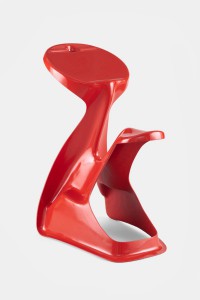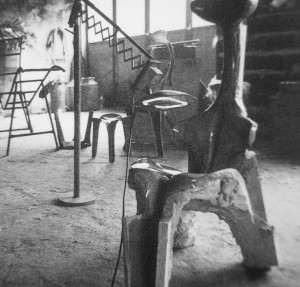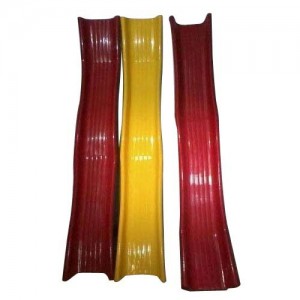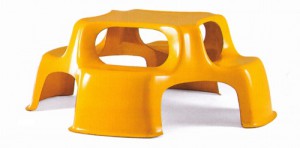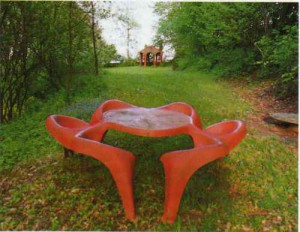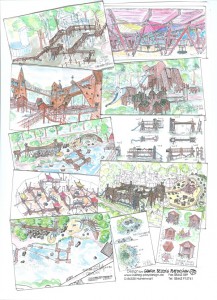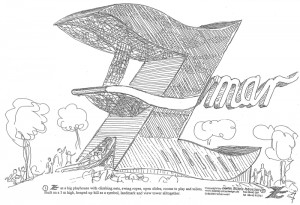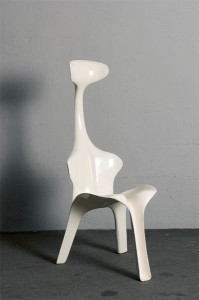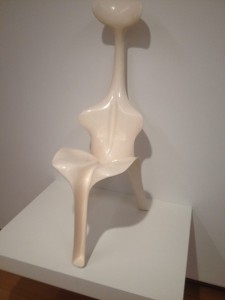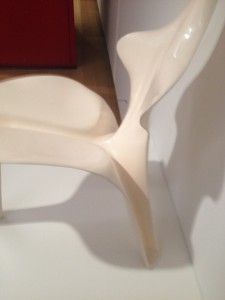I always feel incredible small when I go to big museums. The artworks often fill up all the mental space in the room. I always end up feeling incredibly small, unimportant in relation to the art that surrounds me. When I went through the collection at the Stedelijk Base a couple of weeks ago, I felt the same way. Very small in comparison to these big paintings and great design. Overwhelmed by all the history of modern art and design gathered in one place.
I find it fascinating the way they put the chairs on pedestals in museums, also in the Stedelijk base. They give the chair extra meaning, value. These are chairs that people also own in their homes, but suddenly they are given a different function. These chairs have a utility, but in a museum they are no longer to sit on. This is ironic, since it was made for sitting. A chair is often rated higher amongst other pieces of furniture. People have a closer connection to chairs, probably because it is made directly for our bodies to sit in. If you think about it, we spend a lot of time awake, sitting.
In the Stedelijk museum i was in the end also drawn towards a chair. I walked through the exhibition to look for my object, and I found it. It was placed in a smaller room, way back in the corner. It was hidden, but when I saw it, it caught my attention. There was no doubt that this chair was a sculpture in itself. It had an organic, almost sexual shape and a shiny surface. I was curious as to how it would feel to sit in. Would it be comfortable, functional? Or was it even made for sitting? This is how i ended up picking the Floris Chair, designed by Günter Belzig.
First in my research, I found that the chair had been written about before, on the design blog. There is a post about the chair written earlier this year. The writer asks the question if the chair is even made for sitting. If the purpose is for it to be more comfortable, than functional, does it live up to this? link: https://designblog.rietveldacademie.nl/?p=67734
Also the chair is mentioned in another post on the Designblog about plastic: https://designblog.rietveldacademie.nl/?p=68917
The Internet is never ending. It is insane how much information you can find. However, there is a risk of getting lost and it can be hard to filter the information you find, and sometimes even hard to find the right information. When I made a google search of Floris Chair design by Günter Belzig, of course a lot of links came up. 99% of them from auction sites. There were a number of sites selling the chair, or that had sold the chair. At first i thought that these sites were quite interesting to study. The comparisons and differences in prices, descriptions, but the more sites I looked at, the more prices I looked at, the less I understood the fact that the chair was valued that highly. I started to question my original impression of the chair. What was it, that made the chair so insanely expensive?
$ 23,750. This is what the google, could tell me about the Floris chair.
I continued my search, and the next thing I found was a Danish website about ergonomics, where the one of Günter Belzigs designs had been picked, among other ergonomic furniture, to sell on the website. It was the Pegasus design, not the Floris, however. It was shown on the website next to ‘ergonomic tips’, which I found odd, but that was most information I found about the chair so far. They showed images of how the chair was made.
The next thing I found was Günter Belzigs own website, and here the Floris chair suddenly seemed less important than it had so far. The chair was only one of many other kinds of projects displayed. Most of the website was about the designs of playgrounds for children, that Günter Belzig has made. Almost everything is under the theme ‘play’ apart from the plastic furniture, he oh, so happens also had made.
So this brought me much more close to the designer behind the chair. But I found it very strange, that the same designer had created these two very distant things. An almost erotic looking chair and playgrounds for children. Günter Belzig, a playground designer, but not famous for his playgrounds. Just famous for this one chair that he made…
How did the chair become famous? How did the chair end up in the museum? Who decided that the chair should be placed there? What made it important? I wonder if the chair was placed in the exhibition because it was famous, or the other way around, if the chair became famous, because it was placed in the exhibition. When someone decided to put the chair on the pedestal in the Stedelijk base, they in some way closed the discussion about the chair. They decided that the chair is important, that it was good, important design. In some way they also opened up for the discussion about the chair, by placing it there, on the pedestal. They show it; so we can study it, make our opinion of it…
It was hard to find anything about the Floris chair in books. All the books with information on it, you would find in germany, and in german. To find information in relation to the chair, you would have to broaden the research and look more away from the chair or the designer.
When I walked through the Stedelijk Base, I was seduced by the chairs shape, glinse and the kind of mystery there was. Would it be comfortable? Would it actually fit the human body? After the first research I did, i was disappointed. There was nothing interesting to find about the chair and I questioned why it was even placed in the museum. But, the final place that could help me to know more about Günter Belzig and the Floris Chair, was youtube.
I saw these videos of Günter Belzig talking about his the Floris Chair among his other work, and I came closer to understand why he designed this type of furniture. Günter Belzig believes in creativity and innovation and wants to create spaces that stimulate this. He created the Floris chair just as one of his playgrounds, as a space for creativity. Now the question has changed. We don’t just want to ask whether or not the chair is comfortable to sit in, but when you sit, does it also induce your creativity?

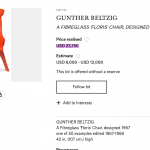
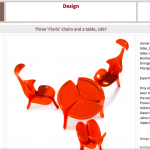

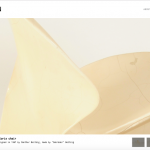
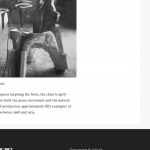
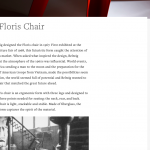
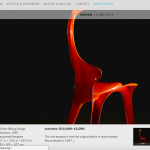
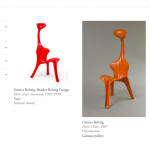
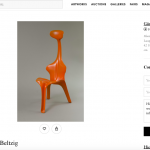
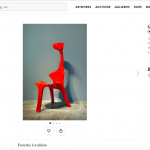


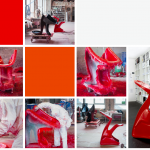

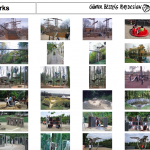
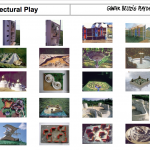
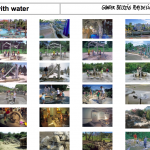

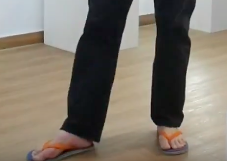
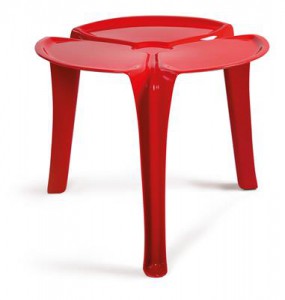 his furniture. Some were named by the same name, “Floris”, and some more playful names like Pegasus.
his furniture. Some were named by the same name, “Floris”, and some more playful names like Pegasus.